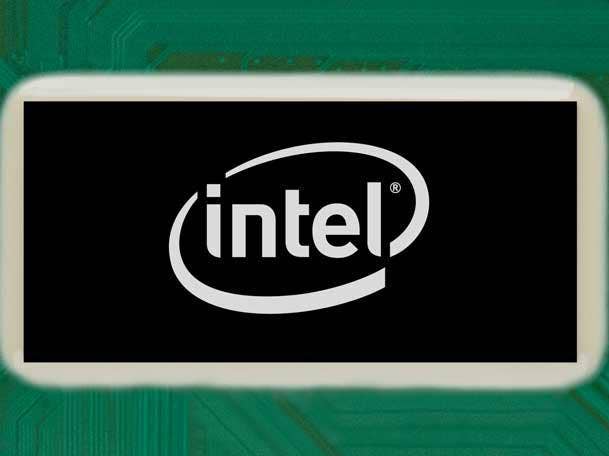Intel Updates On Shortage, 10nm As 2019 Sales Set To Shrink
'We’ve increased capacity to improve our position in the second half, although product mix will continue to be a challenge in the third quarter as our teams align available supply with customer demand,' Bob Swan, Intel's CEO, says of the improving CPU shortage situation.

Intel's stock price sank more than 6 percent in after-hours trading Thursday after the company said it expects annual revenue to shrink this year in the low single digits.
The guidance update was provided in Intel's first-quarter earnings as the chipmaker announced that it plans to produce more of its next-generation, 10-nanometer processors for the 2019 holiday season than previously anticipated. The company also said its CPU shortage situation would improve going into the third quarter, though it won't be completely resolved.
[Related: Intel Intros 8-Core Laptop CPUs, Expands F-Series To Ease Shortage]
"We’ve increased capacity to improve our position in the second half, although product mix will continue to be a challenge in the third quarter as our teams align available supply with customer demand," Intel CEO Bob Swan said on the Q1 earnings call.
Swan said the company expects to qualify Ice Lake, Intel's first 10nm processor on the client side, with OEMs this quarter after making a nearly two-fold improvement in manufacturing velocity. Following the release of the Ice Lake client CPU in late 2019, the company expects to release its first 10nm server processor in 2020, he added.
Intel's chief executive also reiterated the company's plans to release a discrete GPU for client and server systems in 2020. The company announced last month that it would supply its Xe GPU technology, along with next-generation Xeon Scalable processors and Optane memory, to the world's first exascale supercomputer, which is slated for completion in 2021.
"As we learn more and more about how workloads are evolving and the increasing importance of artificial intelligence and parallel processing, we believe architectures beyond CPU, like GPU and FPGA and other accelerators, become increasingly important," Swan said.
In Intel's Q1 earnings, the Santa Clara, Calif.-based company's data-centric businesses shrunk by 5 percent, with the company's Data Center Group, which had been its largest growth driver for several quarters, down by 6 percent from the same period last year.
The only business units that grew in Q1 were the Client Computing Group, which was up 4 percent to $8.6 billion after buzzing along with single-digit growth for the last several quarters, and the Internet of Things Group, which was the company's fastest-growing business with 8 percent growth.
The results were bookended by the chipmaker's admission that its projected annual revenue for 2019 would be $2.5 billion lower than the company had estimated in January. The company now projects 2019 revenue to reach $69 billion, which would be a 3 percent decrease from the previous year.
Swan said the company lowered its revenue guidance after conversations with customers "made several trends clear." That includes a continued deterioration of memory pricing, as well as lower demand from cloud service providers, enterprises, governments and customers in China.
"The ordering ahead or digestion of last year's strong growth we expect to continue in enterprise and government into the second half," Swan said.
Asked by an analyst about the costliness of Intel's memory products and whether the company would consider partnering with a foundry to bring costs down, Swan said it's in consideration. "We're going to evaluate partnerships along the way," he said.
The company's Q1 revenue was $16.1 billion, flat from the same period last year, though Swan said financials were better than the company had been anticipating. The revenue figure beat Wall Street's expectations by $70 million while Intel's earnings per share of 89 cents surpassed analyst estimates by 2 cents. The company's net income in Q1 was $4 billion, down 11 percent year-over-year.